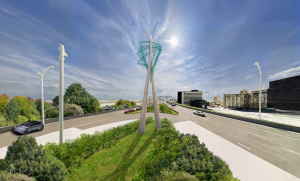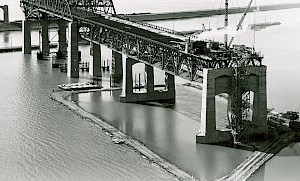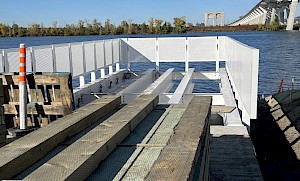Since 2018, JCCBI has maintained Bridge P-113, which spans the Petit Canal waterway in Beauharnois’s northern sector. Having reached the end of its service life, work began on its reconstruction in July 2025. The work is expected to be completed in 2027. The new bridge will be designed according to current codes and standards, which will facilitate its inspection and maintenance while minimizing the impacts on Route 132, which crosses it.


